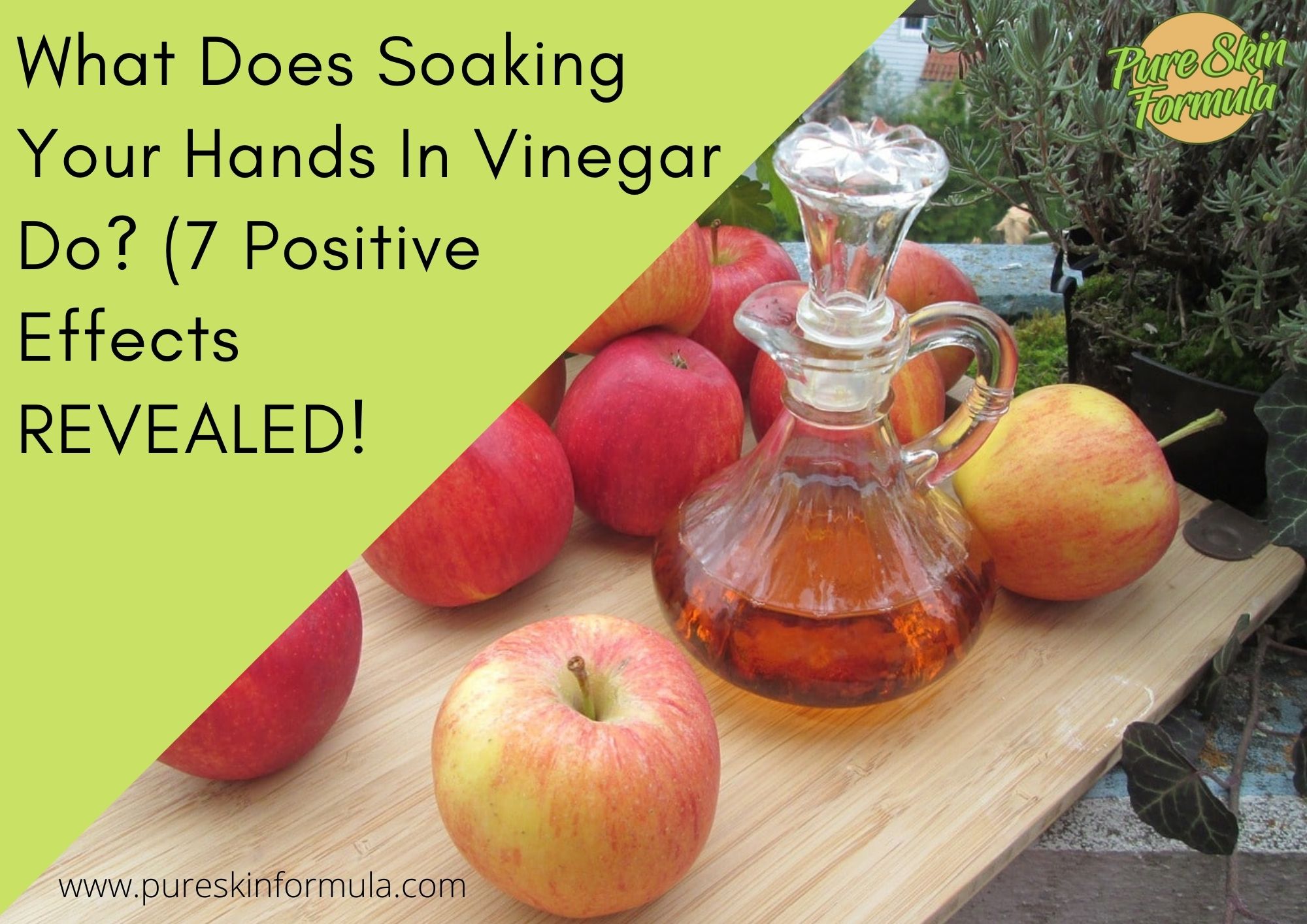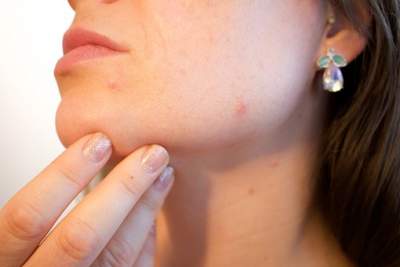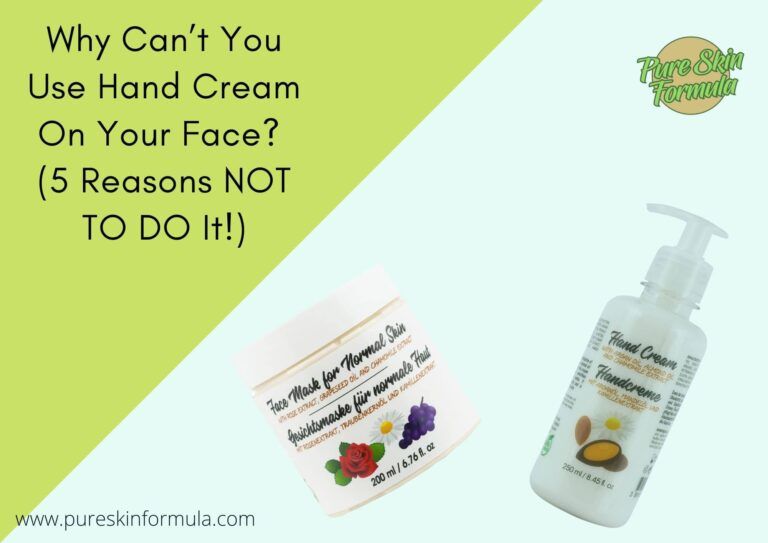You would like to know what does soaking your hands in vinegar do.
I will reveal to you the main effects of vinegar on the hands and skin, what vinegar is, and what recipes with this product you can use to keep your skin in good condition.
In the comment below, I will mainly refer to apple cider vinegar as it is proven for its remarkable effects on human skin.
Sounds good? Let’s start!
What Does Soaking Your Hands In Vinegar Do?
- It helps soften and soothe skin;
- It has skin-exfoliating properties, removing dead skin buildup;
- It restores the pH balance of the skin;
- It relieves dry, cracked hands;
- It unclogs skin pores;
- It relieves pain and tingles in the hands’ area after hard work;
- It helps remove age spots and uneven pigmentation.
Let’s go into detail about the effect of apple vinegar on the skin.
What is natural apple cider vinegar?
Today, most vinegar production is done mainly commercially and is made from synthetic acetic acid.
A minority of the world’s vinegar production is made by the organic method, of which the traditionally slow process makes only a small percentage.
The natural fermentation process is long and much more labour-intensive than modern methods.
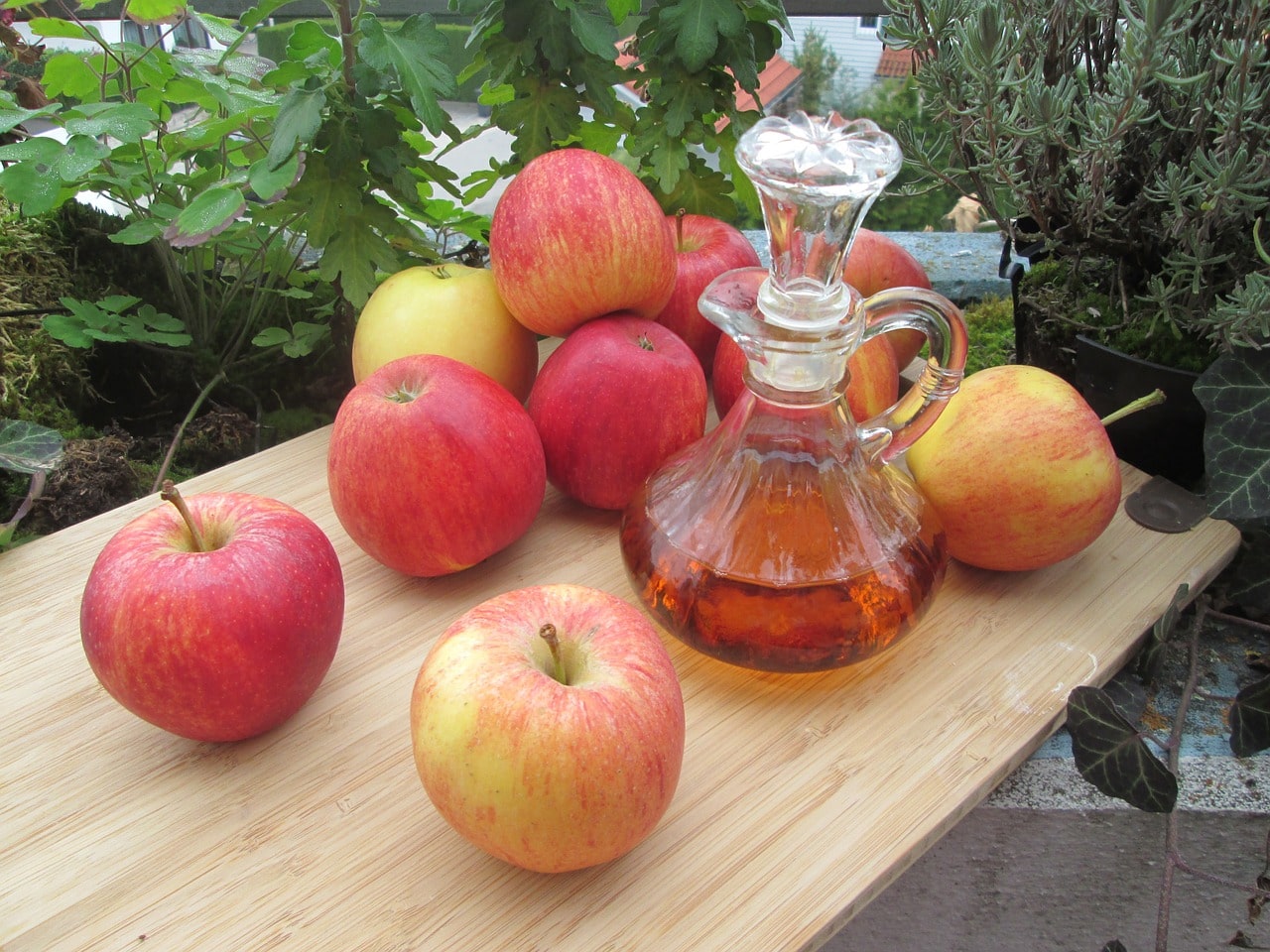
The slow process produces thick and nutrient-rich vinegar. The flavour and aroma that characterise slow-made vinegar cannot be found in mass-produced vinegar.
Apple cider vinegar has long enjoyed well-deserved popularity. Few people know that natural apple cider vinegar benefits the skin’s beauty.
Apple cider vinegar has excellent healing properties. And with it, it is possible to “rejuvenate” the skin – to return its beauty, radiance and healthy appearance.
Apple cider vinegar of natural origin contains valuable minerals, vitamins and organic acids.
It improves skin tone, removes dead skin cells by acting as a gentle peel and restores the skin’s physically acidic environment.
Thanks to its array of antioxidants, it smooths fine lines.
It is preferable to use only natural apple cider vinegar for beauty treatments.
When buying ready-made vinegar, carefully read the list of ingredients – there should be only apple cider vinegar, no colourants or preservatives, and it should not be pasteurized.
Apple cider vinegar is suitable for all skin types. It is an excellent antiseptic.
How to recognize natural apple cider vinegar?
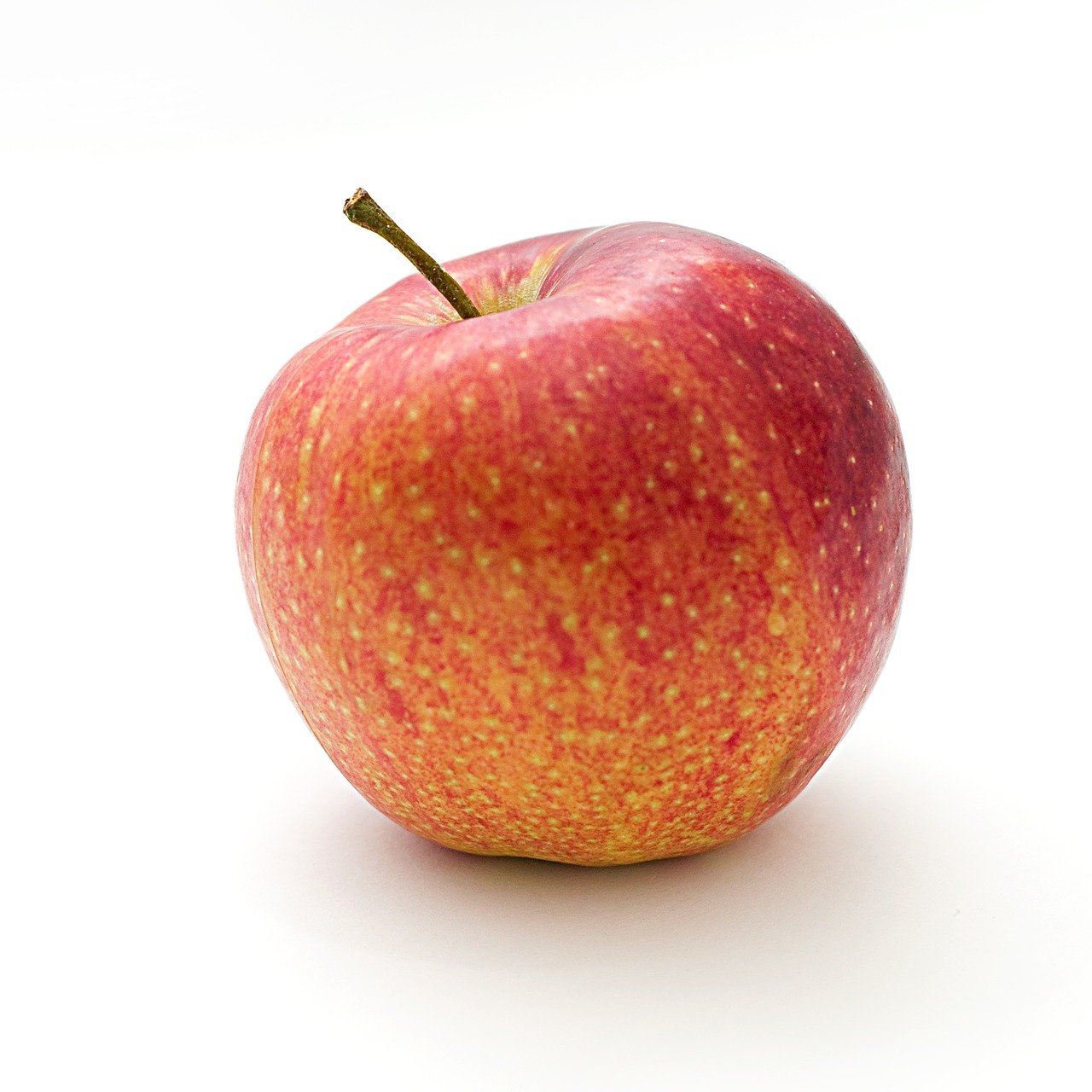
The best vinegar is an unpasteurized and natural product. Typically, no chemicals are used to speed up the process or change the product’s appearance.
It is unpasteurized and is alive. Unpasteurized apple cider vinegar has powerful health qualities.
Pasteurized vinegar is usually clear, meaning it has lost many qualities. This is the vinegar you most often and easily find in supermarkets.
Why is pH essential, and how can apple vinegar balance it?
Back then, while medical care was not yet so developed, people relied on vinegar, which has antiseptic and antibacterial action to relieve many complaints.
Proponents of traditional healing methods claim that a 1 part to 4 parts solution of vinegar and water (one tablespoon of vinegar to four tablespoons of water) is also effective for neutralizing alkaline burns and itching on the skin and even for washing and disinfecting the armpits.
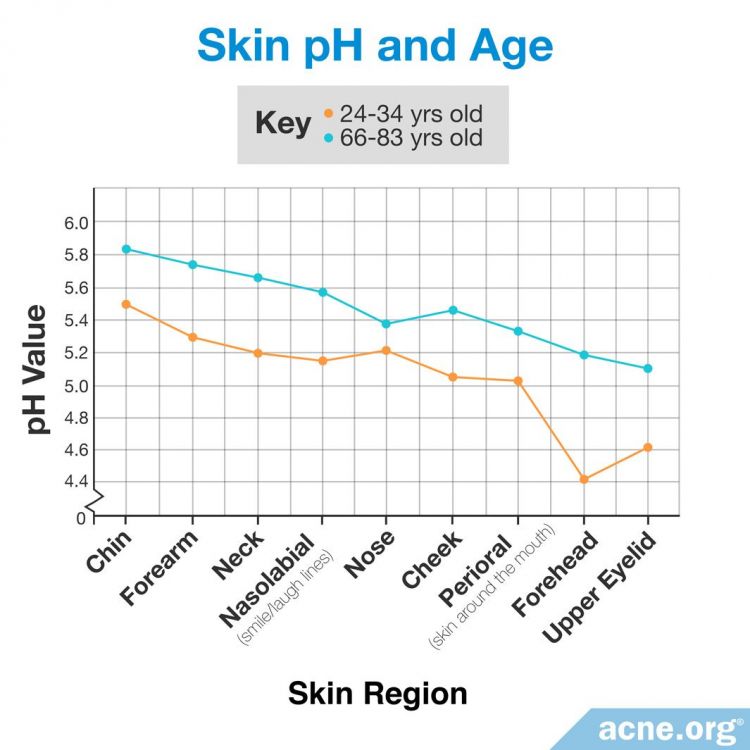
Apple cider vinegar is also helpful for many skin conditions because the pH value of the vinegar is almost equal to that of healthy skin, and applying it to the skin helps restore the pH balance.
It also contains fruit acids, which positively affect oily and problematic skin.
For the face and the neck, apple cider vinegar is used to tone and cleanse the face, to treat pimples, acne, freckles and dandruff.
A cotton swab should be moistened with a solution made from one cup of water and one tablespoon of vinegar and rubbed over clean, dry skin without washing it off.
You will see that the smell soon weathers off.
The positive effects appear very quickly because apple cider vinegar is a natural source of alpha-hydroxy and acetic acids, stimulating blood circulation and shrinking facial pores.
Apple cider vinegar against dead cells and cracked hands.
Due to its malic and acetic acid content, apple cider vinegar has impressive antifungal, antibacterial and anti-inflammatory properties that are also very beneficial for our hands’ care.
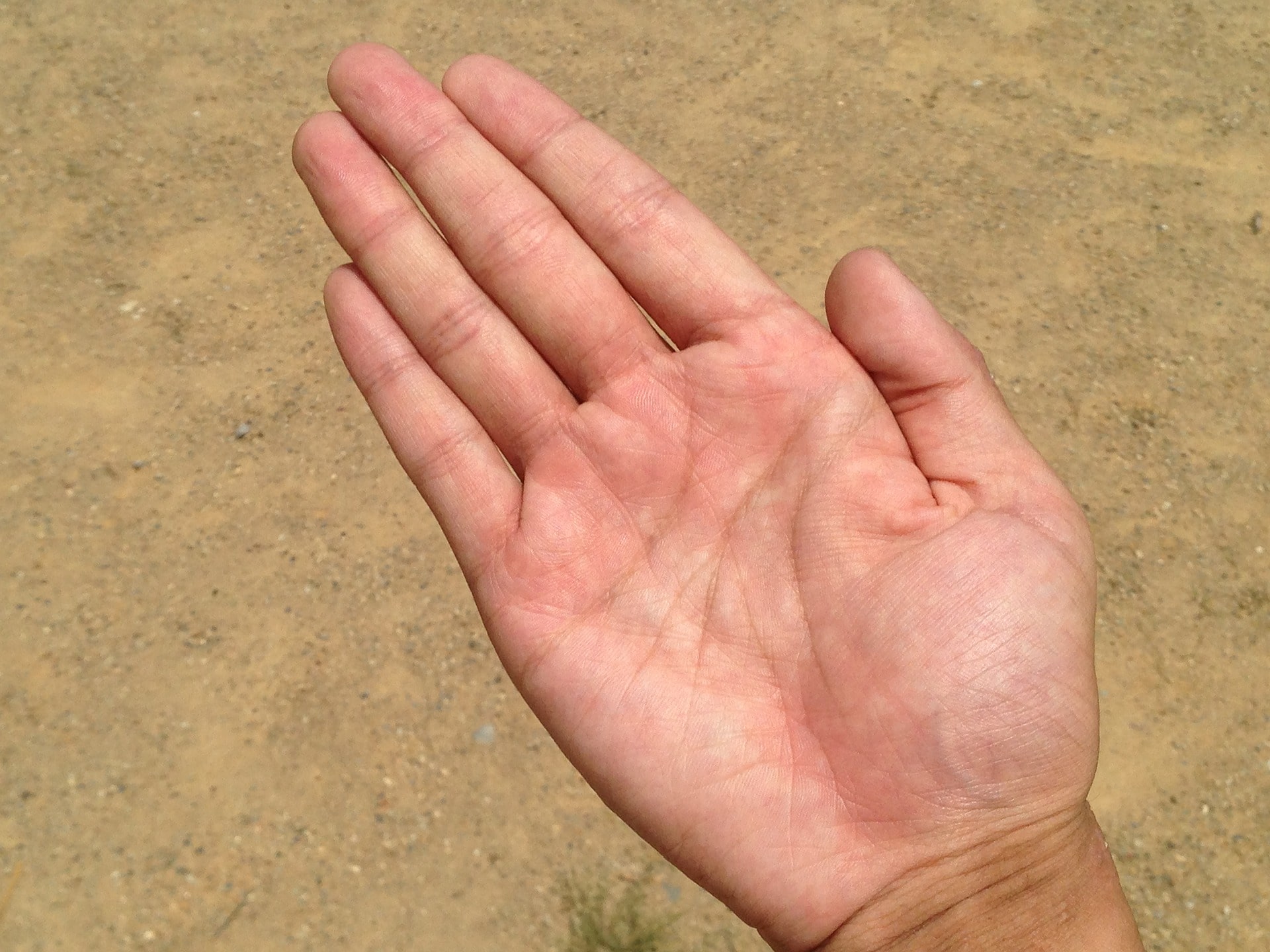
To use apple cider vinegar for chapped hands and remove dead cells, follow these steps:
To take full advantage of the benefits of this ingredient, it is suitable using it mixed with water.
- Fill a pot large enough to hold your hands with two parts water and one part apple cider vinegar.
- Let your hands rest inside for a few minutes while you gently massage them.
- After about 10 minutes, remove the mixture with warm water and pat your skin dry with a towel.
Always remember to use a good hand moisturizer after this process.
What about age spots and apple cider vinegar?
Senile spots are likely to disappear when treated with apple cider vinegar.
- Mix water and honey. Apply the mixture for half an hour once a day. After a few weeks, there should be a positive result.
- And here is another one: mix two tablespoons of onion juice with two tablespoons of apple cider vinegar and apply to the areas with a cloth. The spots should fade away within a few weeks. Since it doesn’t smell very good, it’s better to apply it at bedtime!
How to relieve the pain in the hands and the joints using apple cider vinegar?
Apple cider vinegar is a powerful antioxidant that cleanses the body of toxins and is also an excellent remedy for joint pain.
In the bath
Put one cup of apple cider vinegar in 6 cups water and then soak your feet or hands. You can also apply the apple cider vinegar as a poultice to other painful areas.
As a massage oil
Mix one tablespoon of olive oil and two tablespoons of apple cider vinegar. Apply the mixture to the painful joints.
How to prepare hand cream with apple cider vinegar at home?
Ingredients: 2 tablespoons beeswax, one tablespoon honey, 100 ml rose water, one tablespoon apple cider vinegar, one tablespoon almond oil, and one tablespoon avocado oil.
How to prepare: heat the apple cider vinegar in a water bath to start simmering. It has an antiseptic and astringent effect. Along with that, it cleanses and fights abrasions and sunburns.

Cut the beeswax into small pieces and add to the vinegar.
Constantly stir the mixture. The beeswax will hydrate the skin on your hands.
Add the honey. It has antibacterial action and moisturizes and protects the skin. Add the avocado and almond oils. They give extra softness.
Finally, add the rose water. It is a natural tonic for lovely hands. Leave the cream to cool. Pour it into a small jar. Shake well before each use.
Practical tips and recipes with apple cider vinegar
- With vinegar and sugar for smooth hands:
Dip your hands in vinegar and cover them with sugar. Rub your hands for a couple of minutes to exfoliate the dead skin and make your hands soft.
- With vinegar and olive oil:
Mix 2 cups of warm water, 1 cup of apple cider vinegar and three tablespoons of olive oil into a large bowl. Put your hands in the bowl for 10 minutes. After that, apply moisturizing hand cream.
- With vinegar and lavender oil:
Pour vinegar into a bowl. Add lavender oil and mix it well. Place your hands in the blend and soak for about five minutes.
In conclusion
I hope now you know how helpful vinegar (especially the natural apple one) can be to the hand’s skin.
I’ve covered both the theory and the practice behind using this remedy.
Find some good apple cider vinegar and start experimenting!
Talk soon,
Valeria

